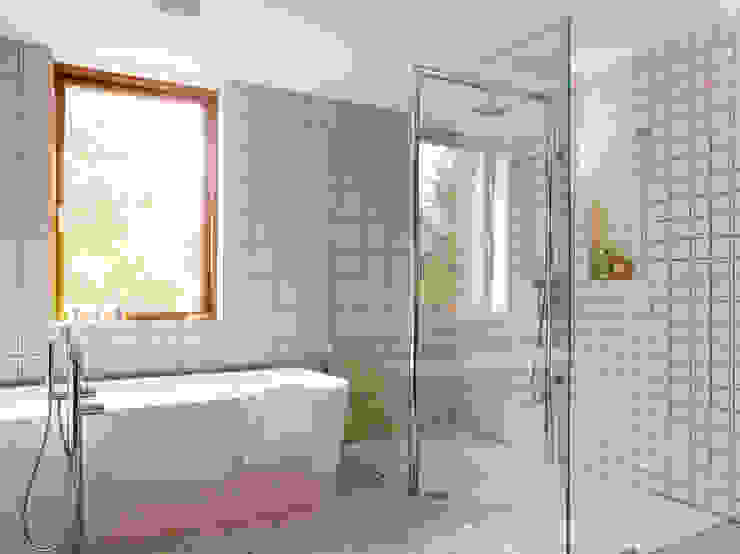They are making a number of good observations regarding How to Install a One-Piece Shower Unit overall in this post on the next paragraphs.

An effective shower installation requires careful planning as well as a lot of job. Most of the times, you will need to do 3 sorts of jobs: framing walls, setting up the plumbing, as well as completing walls.
Prep work
First of all, you have to decide on the kind of shower that you wish to set up. It is very important to ascertain whether the selected shower is capable of managing specific systems and also can regulate a secure degree of water with the central heating boiler. Most shower devices nowadays are designed to be flexible to different water pressures (such as stored hot water as well as cool mains).
It is also crucial to think about the water pressure as well as the planning of the piping as well as water drainage for the shower
Different Sorts Of Shower Units
Approach
Depending upon the type of shower you want to mount, the shower head need to either be suited order to prevent its contact with the water in the bathroom below or the base tray, or it should have a check valve.
Prior to starting, it is recommended to mark the placements of the shower head as well as control, and also to prepare the pipe-work included. Furthermore, the water drainage system to remove the waste water will need to be planned. Both settings of the wire route and the shower switch will certainly additionally require to be taken into consideration if an instantaneous or electrical shower device is being installed.
Utilize the direction guide given with the shower device to fit the shower control.Before fitting the pipes that will provide the water to the shower system, it is necessary to cut off the water supply. In order to secure the pipelines, they should be offered a water-proof covering and likewise fitted with separating valves. The pipes can then be hidden into the wall as well as glued over to neaten the total appearance.
Fit the base tray, shower head, and also installations.
Attach the major shower control to the pipelines that will certainly be supplying the water (This may call for a women screw string adapter).
Reconnect the water and also examination the pipelines for any type of leaks, as some might require tightening up.
If you are installing an electrical shower, keep in mind to turn off the electrical power supply before making any type of electrical connections. When these connections have been made (there ought to be assistance within the user's manual), the power supply can be switched over back on.
Readjusting Water Pressure to Suit Your Shower
The cold water reservoir can be lifted to a higher height (occasionally just 150mm (6inches)) by installation a solid wood assistance beneath it - possibly composed of struts and also blockboards. If you choose this option, the main and distribution pipes will likewise need to be elevated to fulfill the new elevation of the tank.
Alternatively, a booster pump (a solitary pump or a dual/twin pump) can be fitted. Whichever kind is chosen, it must be attached into the power supply in order to operate.
Piping and Water drainage
It is best to make use of 15mm size supply pipelines, as well as make the runs to the shower as short as well as straight as possible so as to maintain optimal pressure and minimise warm loss. Furthermore, by minimising using elbows for pipe edges, you can lower the resistance in the flow of the supply of water. You can achieve this by flexing the pipelines rather.
Many Typical Errors
How Do You Install a Shower? Follow This Guide
Installing a Shower at a Glance
Tools & Materials: Level, electric drill, caulk, hole saw, cedar shims, shower unit Step 1: Drill pilot holes Step 2: Prep fixture holes Step 3: Move unit into place Step 4: Caulk corners and base Step 5: Attach door Step 6: Install shower pan Whenever plumbing is involved in a DIY project, people worry about what might go wrong. The truth is that installing a shower isn’t that complicated, and you can save a lot of money by doing it yourself. You shouldn’t need to make any alterations to your plumbing to complete the job, and most of the tools you need will be provided in your new shower kit.
Can I Install a Shower Myself?
Even if you’ve never installed a shower before, you’ll find this to be a project that is perfectly suited for DIYers with a moderate level of experience. Whether you're doing a bathtub conversion or installing a new stall, most of what you need comes in shower kits that you can purchase from a hardware store. The first thing you need to do is determine what type of shower stall you want.
Single-panel stalls are the easiest to install because they come preassembled. All you need to do is put them in place. Multi-panel showers require a few additional steps, but you’ve got more control over the appearance of your unit. Multi-panel units are also much easier to handle if you’re going to do the installation without any help.
Be sure to take all appropriate safety precautions, such as wearing eye protection and gloves. When you’re removing or installing a shower unit, you might kick up debris that could hurt your eyes. You’ll also need to work with equipment that will get extremely hot, so be sure to have safety gloves handy.
Tools and Materials
2- to 4-foot level Electric drill with a 1/8-inch drill bit Caulk 2-inch hole saw Cedar shims The unit itself Before You Begin: Prep the Space
It’s highly important to measure your space accurately before putting the stall in. Measuring from the floor upward and from each corner outward will ensure you’ve got the right measurements. What you’re looking for is where the plumbing apparatuses are going to come through the stall. Transfer these measurements over to the back of your unit by drawing the locations of these holes using a pencil or marker.
Pull out your old shower and make sure to scrape off all the old caulking. Be thorough because you want to work with smooth surfaces for the best installation. Once you’ve pulled out your existing shower, you need to make sure that the floor is clean and dry. The best way to clean debris is with a shop vacuum, as it’ll soak up water and dirt together.
If you’re experiencing any plumbing issues, such as low water pressure, this is a perfect opportunity to solve them. Make sure that the pipes themselves are not in need of patching and clean your showerhead. When you turn the water back on after your project, check the pipes for signs of wear or disrepair. Anything beyond minor repairs should be handled by a plumber, and this is the best time to bring in a professional.
If the floor has any moisture at all, don’t proceed until it’s completely dry. The last thing you need is for the floor to rot or invite mold and mildew into your base. Once everything is dry, apply waterproof wallboard to the walls. This can be attached with screws or nails, then sealed with caulk so that water doesn’t seep into any crevices.

As an avid reader about How to Install a One-Piece Shower Unit, I figured sharing that piece of content was a great idea. So long as you appreciated our blog entry if you please be sure to pass it around. We thank you for reading our article about Simple ways to Install a Shower Cubicle on Your Own.
Visit My Web Page
 Ariana Richards Then & Now!
Ariana Richards Then & Now! Kelly Le Brock Then & Now!
Kelly Le Brock Then & Now! Katey Sagal Then & Now!
Katey Sagal Then & Now! Meadow Walker Then & Now!
Meadow Walker Then & Now! The Olsen Twins Then & Now!
The Olsen Twins Then & Now!